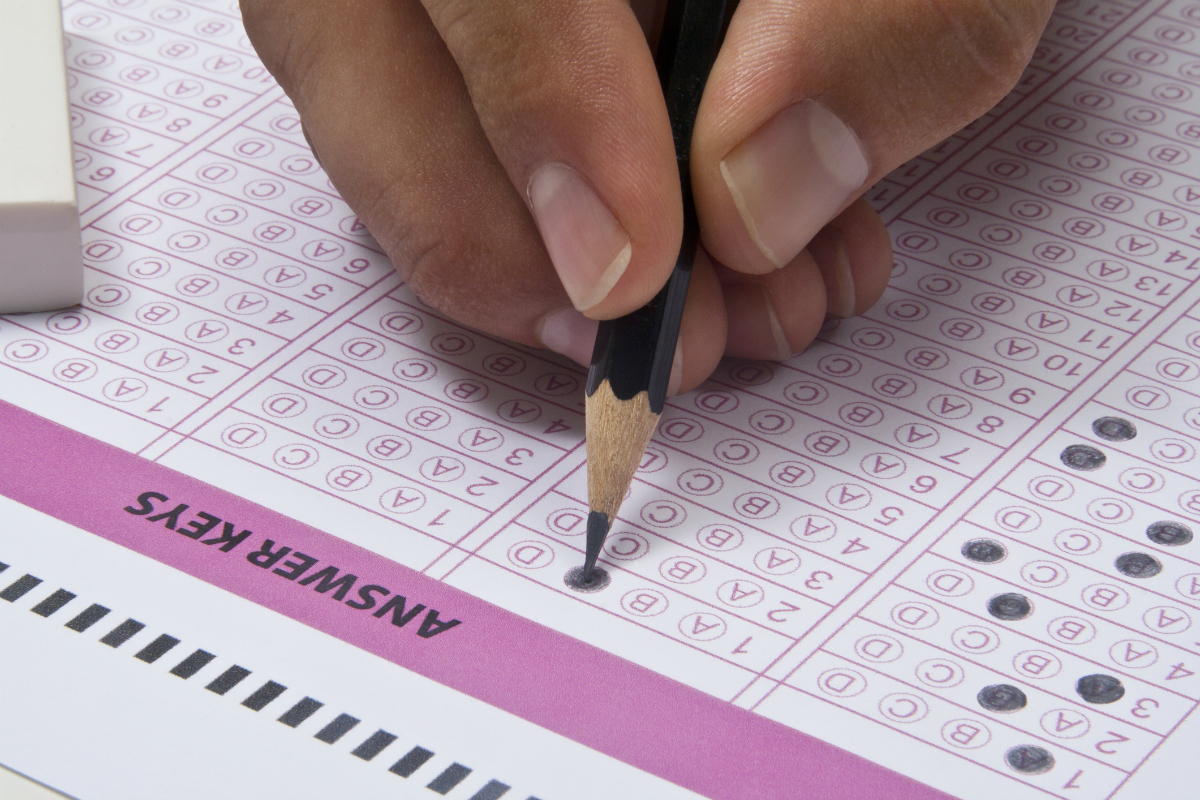While younger students are falling behind in foundational reading skills, older elementary and middle school student reading progress is on par with progress prior to the COVID-19 pandemic. In math, however, student achievement in all grades is still below pre-pandemic levels, according to new research released in a series of reports by Curriculum Associates on Sept. 14.
The first report, The State of Student Learning in 2022, analyzes reading and mathematics data gathered from nearly 2 million first- through eighth-grade students during the 2021–22 school year through the company’s diagnostic i-Ready Assessment. In the second report, Keys to Unlocking Success, Curriculum Associates identified 301 schools across the country at which students are exceeding learning expectations and conducted research to understand how school leaders are ushering their students and schools toward recovery.
The State of Student Learning finds evidence that learning recovery is occurring, with student learning in some areas approaching pre-pandemic levels. For example, the number of middle school students who are on grade level for reading is approaching pre-pandemic levels — though the report notes that “it is important to note that less than half of middle school students were on grade level before the pandemic.”
While student achievement in math in all grades is still below pre-pandemic levels, one bright spot is fourth graders, who suffered the largest drop between 2020 and 2021 in at- or above-grade level learning, according to the report. In spring 2022, 58 percent of students in fourth grade met grade-level expectations — is down 11 percentage points from before the pandemic (69 percent proficient) compared with being down by 16 percentage points in spring 2021 (53 percent proficient), a year-over-year improvement of 5 percentage points.
“We’re beginning the third full academic year since the pandemic began, and many school communities are still grappling with the impact of the massive 2020 disruptions,” said Kristen Huff, vice president of assessment and research at Curriculum Associates, in a statement. “The question is no longer if or how the pandemic affected student learning, it is if and how it can recover. It is critical to grow our understanding of what measurable shifts have occurred in student learning as we have more distance from 2020 and more investment in recovery efforts.”
The research provides new insights on student learning trends by examining student data in relation to grade-level learning benchmarks — rather than in comparison to other students. It compares 2021–22 student data with mid- and pre-pandemic data.
Other key findings:
- Student achievement in reading and math at the end of 2021–22 has not fully recovered from learning disruptions that occurred during the pandemic.
- Across grades 1–8, achievement in reading and math for students below grade level was still below pre-pandemic averages.
- The largest gaps in grade-level learning are in those key years where students are building and solidifying foundational reading and math skills.
- Reading: Fewer early elementary students are on target for meeting grade-level expectations in phonics, and more students are below grade level than before the pandemic.
- Math: While students performed better overall on spring 2022 tests, those in upper elementary and lower middle school grades showed the greatest persisting setbacks. “These are years during which students typically solidify basic mathematic skills in order to move on to more complex equations and abstract reasoning,” according to the report.
The research shows that there are particular and critical points in students’ math and reading journeys where they are finding it harder to catch up. Echoing other recent test analysis results, students who were further behind before the pandemic are on the slowest trajectory to catch up to grade-level expectations.
Check back on the CSBA blog next week to read about the recommendations found in the second report, Keys to Unlocking Success, which takes a deep dive into promising practices from 16 schools across the country serving students with economic disadvantages and/or serving predominantly students of color.





